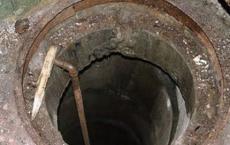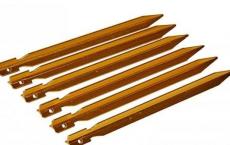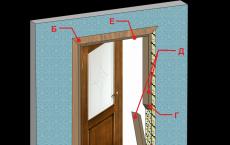DIY paneled doors
Being an obligatory element of any interior, interroom doors carry out not only operational, but also decorative function. Structural and functional features of paneled doors allow them to successfully combine both directions, thanks to which paneled doors are not only a reliable, but also an attractive element of the interior. However, their popularity is due not only to dual functionality, but also to many other advantages that distinguish paneled structures from other types of interior doors, which will be discussed in this material. If you prefer paneled doors, it is not necessary to purchase factory designs - you just need to make them yourself. It is worth noting that home-made models have some advantages that are not typical for factory products. The advantages of home-made models, as well as the features and step-by-step instructions for their manufacture are also the subject of this article.
Paneled doors: definition and brief history
Becoming the first models that appeared on the Russian market of interior doors, panel doors quickly gained popularity among consumers, due to the undeniably optimal price-quality ratio. In the 90s, white paneled doors made of MDF became the most popular model and clearly proved their effectiveness and durability.
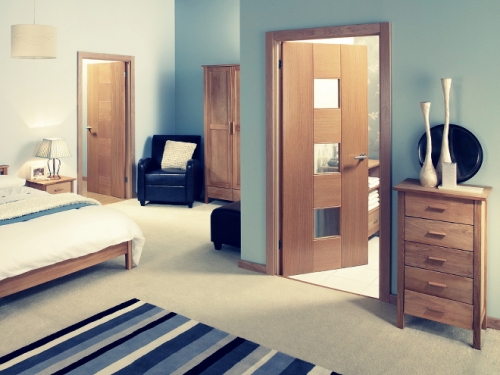
What is a fillet? Ushakov's dictionary gives the following definition of this term: "A panel is a thin plywood or board that is inserted into a frame made of any materials."
Accordingly, we can conclude that panel doors are doors, the design of which implies the presence of a frame, most often wooden and acting as a supporting element, as well as an insert - a panel. It is worth noting that in modern paneled doors, the insert can be not only wooden. But in most cases, panels are made of solid wood or combined materials, which include MDF and solid pine.
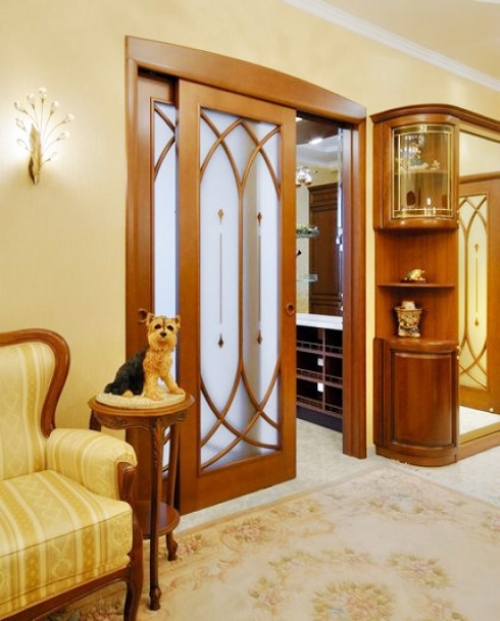
Features of the design of panel doors. Types of panels
Paneled doors are almost impossible to confuse with any other types of interior doors. Their design features are similar to those for a conventional window, since the latter also consist of a visible frame that acts as a frame and thinner panel inserts. Thus, the main structural elements of a paneled door are the following elements:
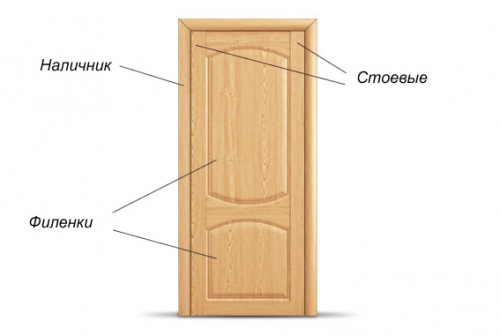
- A wooden frame, also called a strapping, is the main structural element on which the rest of the door is subsequently attached. Its production is carried out from a solid array of wood, as well as glued beams. Most often, the frame is made of four parts interconnected. To increase the strength of the structure, the lower part of the frame is made somewhat wider than the side and top. A more modern approach to increasing the strength of paneled doors is to reinforce the entire bottom of the structure, which is sheathed with sheet metal, such as aluminum or galvanized steel. However, it is worth noting that the use of such a technique is relevant for strengthening the design of only entrance panel doors;
- Middle peasants, which are horizontal bars fixed in the middle part of the canvas;
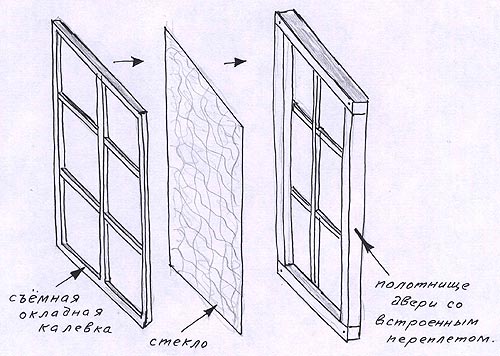
- Panels, which can be made of various materials and are fixed in the door frame. Often they are the main decorative element of the door. They are decorated with paintings or give them the most bizarre shape. A variety of materials are used for their manufacture, most often it is glass, chipboard, MDF or plywood. The fragments are inserted into special grooves, after which they are fixed using decorative glazing beads (often these are glazing beads, which received such a name, since part of them extends onto the plane of the door. These fastening features make it easy to replace a damaged fragment, for example, broken glass, and also allow you to radically change the appearance of the interior door.
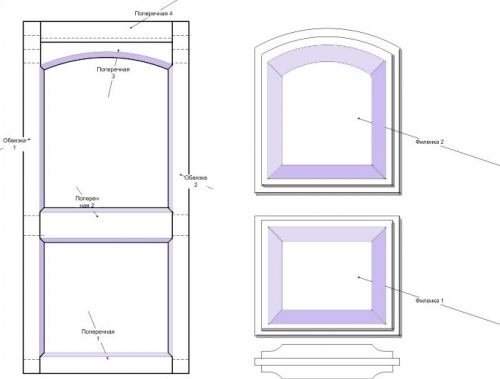
The main types of panels
- Traditional smooth panels made from identical strips with a flat surface. They can be used for the manufacture of both entrance and interior doors;
- Figure panels, a distinctive feature of which is the presence of a convex middle part, gradually thinning towards the edge;
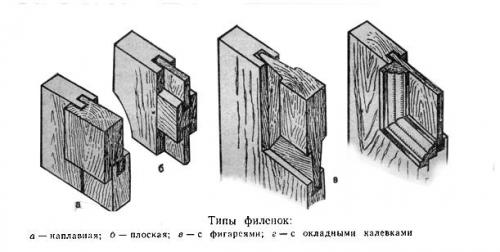
- Floating panels, for the manufacture of which boards of the same thickness were used as for the manufacture of the frame;
- In addition, there are double and single panels. To assemble single planks, strips are used laid in one row, while double strips are made from two rows of strips separated from each other by a layer of insulating materials or an air gap.
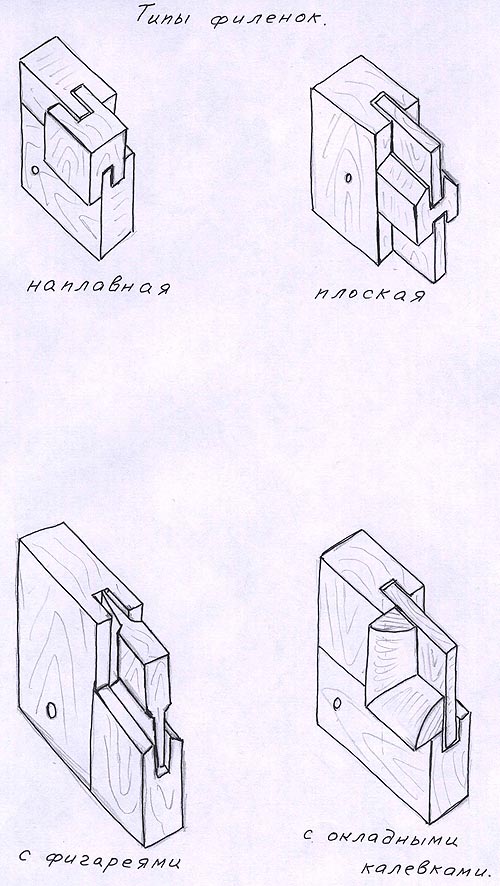
Paneled doors photo
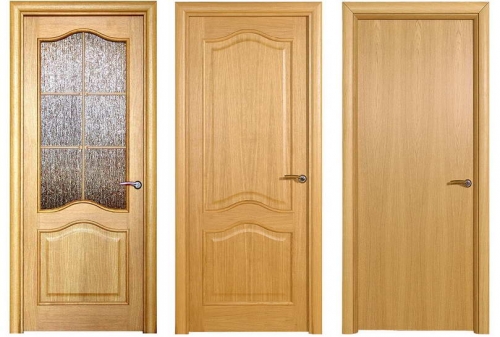
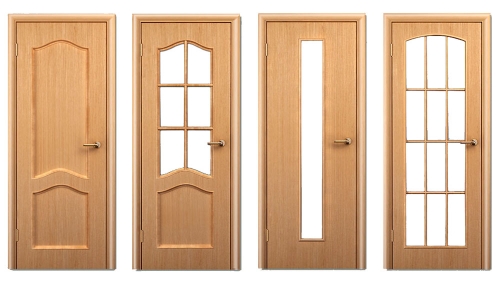
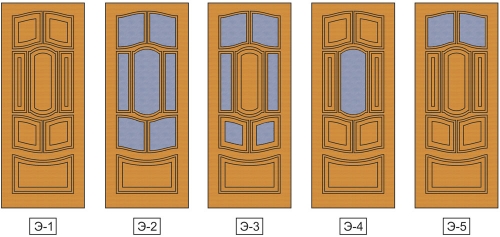
Popular panel door materials and their benefits
Often, panel doors are made from solid wood. The breeds used in this case can be very diverse: from those that are ubiquitous in the territory of central Russia, to exotic varieties imported from the most remote corners of the planet. The choice of breed has a significant impact on the cost of the finished product, and often on the timing of its manufacture, which can be quite variable. For the manufacture of paneled doors, only selected, carefully dried wood is used. In wide demand are not only species from a low price category, such as pine, birch or spruce, but also medium-priced, but at the same time more durable hornbeam, oak and beech, which, if properly maintained, will last for several decades.
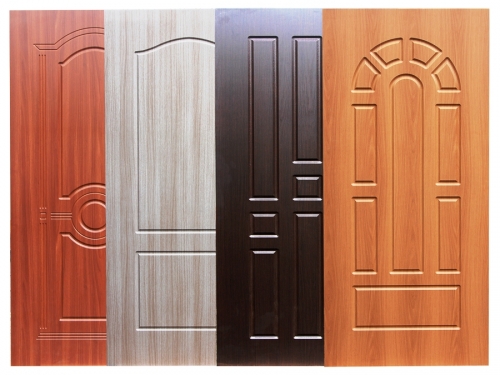
The most common material for the manufacture of paneled doors is pine boards, a distinctive feature of which is a pleasant honey hue, attractive texture and ease of processing, and natural antiseptics included in the wood structure allow the material to retain its original characteristics for a long time. The unique features of the material make it possible to install doors made of solid pine, which can be installed not only as interior doors, but also as entrance doors. This is due to their high strength and wear resistance, which positively affect the operational life of the door leaf. Thus, the popularity of wooden paneled doors made of pine wood is due to the following advantages:
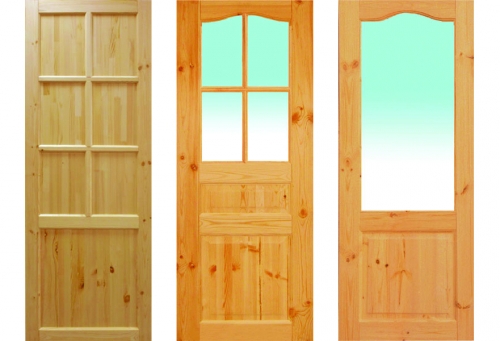
- Production from natural environmentally friendly raw materials, which during operation does not pollute the atmosphere with harmful fumes, as a result of which it is absolutely safe for human health. Despite the fact that solid pine is a material belonging to a low price category, its durability leaves no doubt and at the same time is in an optimal ratio to the price. In the process of proper operation, they will not only last more than one decade, but will not lose their original characteristics;
- Resistance to mechanical stress allows doors made of this material to maintain strength and resistance to mechanical damage. Particularly important is the fact that the pine solid remains resistant to changes in humidity and temperature, which makes it possible to install panel doors from solid pine as external doors;
- Aesthetics and decorative properties also hard to ignore. The pine wood has an attractive texture and color, thanks to which paneled doors can become a decoration of any interior, and their external counterparts will noticeably embellish the exterior of any dwelling;
- And, of course, very affordable price which cannot go unnoticed. It is thanks to a moderate pricing policy that you will receive a high-quality and reliable door at a low price.
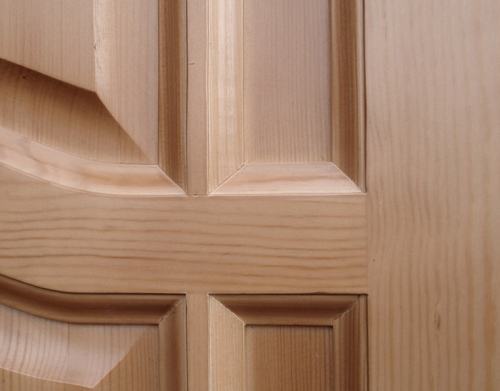
Production of panel doors from pine wood: nuances and features
Currently, there are several ways to manufacture paneled doors from solid wood. Manufacturers offer several basic production methods:
- Production of paneled door panels using glued pine timber;
- Production of doors from natural solid pine, which excludes the use of certain additional substances.
Each of these methods has its own advantages and disadvantages. As for the first method, in practice it is carried out quite easily. Doors made of glued laminated timber have undeniable strength and resistance to aggressive environmental influences, since during the gluing process, the bars are firmly attached to each other and it is almost impossible to tear them apart. After gluing the bars, they are thoroughly dried, after which they are varnished, which contributes not only to increasing their strength, but also to their aesthetic characteristics. Due to their high strength, panel doors made of glued laminated timber are installed as external ones;
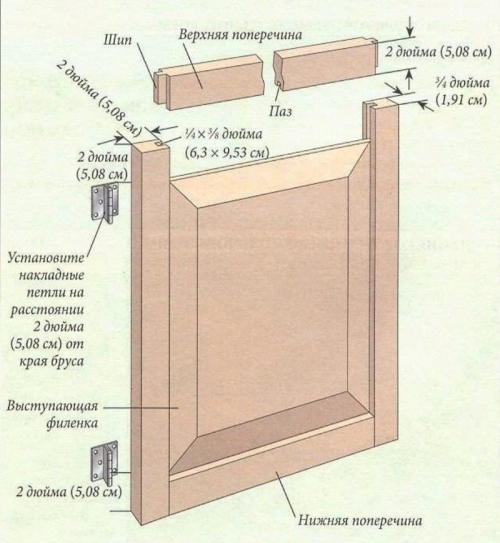
If we consider the second method, it can be noted that the manufacture of a paneled door from natural pine wood presents certain difficulties, which means that in most cases such doors are made to order, and the cost of this event is often quite high.
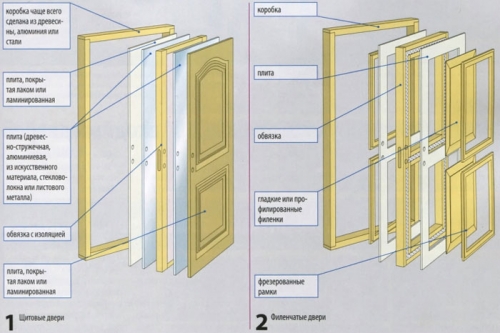
Benefits of DIY panel doors
If you decide to install a panel door, it is not necessary to purchase a factory-made option. If you have little experience and the skills of a home master, it will not be difficult for you to make a paneled door with your own hands, especially since in this article we will provide step-by-step instructions for making it. Consider the main advantages of panel doors made independently:
- Lower cost of homemade doors, unlike their factory counterparts;
- Independent installation of paneled doors according to certain standards will save you from the need to fit them to the size of the doorway;
- Taking into account certain manufacturing features, home-made panel doors are less susceptible to external influences, and therefore, they are less susceptible to destruction under the influence of temperature changes.
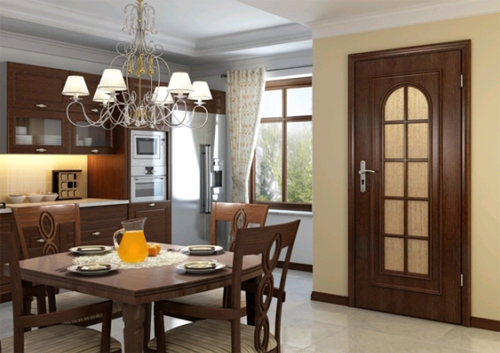
Materials and tools for the manufacture of panel doors
Before you make a paneled door, stock up on a very modest set of tools.
Required tools:
- Hacksaw for woodworking;
- Chisel and screwdriver;
- Pencil and tape measure;
- Sandpaper with fine and coarse grain;
Initially, decide on the materials for the manufacture of paneled doors. To make a reliable and durable frame, it is necessary to choose wood species with high strength characteristics and resistance to changes in the external environment and microclimatic parameters. Thus, it is better to opt for the most durable woods, such as oak or ash. Pine is also a durable material with an excellent price-performance ratio. It, like the previous breeds, is resistant to changes in microclimatic parameters, such as humidity and temperature.
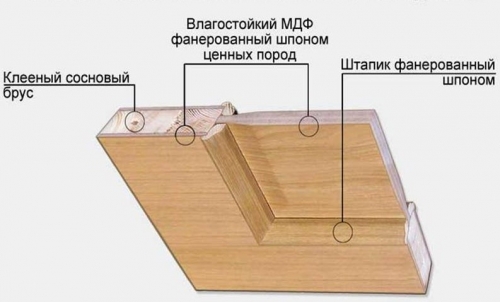
As materials for the manufacture of panels, it is better to choose chipboard or plywood, which will make the construction light and, at the same time, inexpensive. If you want to make the doors more massive and solid, use a more expensive solid wood. To enhance the decorative characteristics of the door, glass inserts are often used, which can be frosted or transparent, as well as decorated with a wide variety of patterns. Doors with stained glass inserts look very expensive and solid.
Since a real designer stained-glass window is more than an expensive pleasure, they often use decorative painting on glass, which is made double-sided to create the effect of a full-fledged stained-glass window.
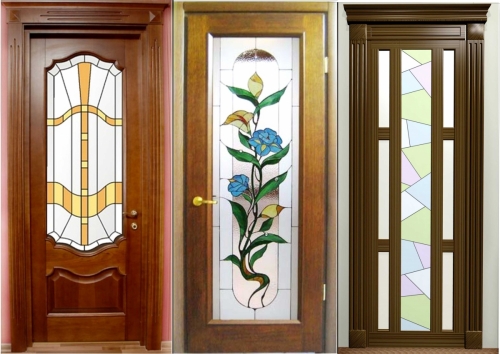
Necessary materials:
- For the manufacture of the frame, we need thick boards with a width of up to 50 mm or 3 bars, 2 of which will be used to make the vertical part, and 1 to create the transverse upper part;
- For the manufacture of panels, stock up on plywood or chipboard, if you wish, they can be replaced with glass. If you plan to make glass panels, additionally prepare glazing beads;
- In addition, we need glue and screws;
- Door fittings (door hinges and handles);
- As well as materials for the final finishing of the door (various specialized coatings, varnishes and paints).
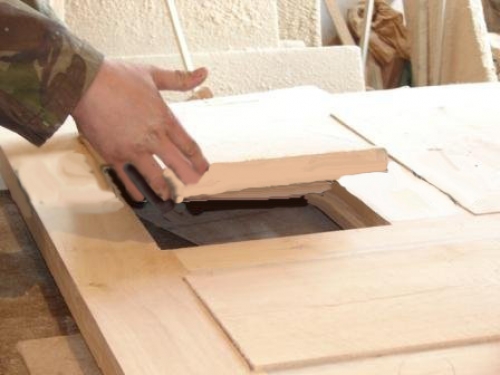
Step-by-step instructions for making an interior paneled door
The initial stage of installation is the installation of the doorway. It must be made in such a way that any distortions and differences in width and height can be easily eliminated. After making the door frame, you can proceed with the installation of the paneled door with your own hands;
It is better to start making it with the development of a sketch, which is created taking into account your personal preferences. However, experts advise a novice master to start by installing a door with six panels. Having created an approximate sketch of the door, it is detailed, all the necessary dimensions are marked on it, after which the necessary materials are purchased according to the selected dimensions;
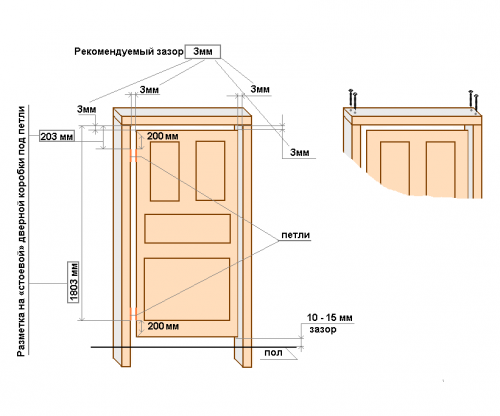
Then proceed to the manufacture of the frame. To do this, use a tape measure to measure the width of the doorway.
It should be noted that the dimensions of the door will be 4-6 mm smaller than the dimensions of the door frame.
Taking into account the obtained dimensions, the basis for the door is made from the timber. To do this, on a bar, devoid of mechanical damage and irregularities, mark the required length with a pencil. The excess part is cut off with a hacksaw. The result should be 2 main vertical racks and 2 transverse ones, which are fixed in the lower and upper parts of the structure, as well as internal transverse rails that serve to increase the strength of the structure.
In order to tightly fasten the parts together, grooves and spikes are made in the right places, ideally suited in size. To increase the strength of the fasteners, the parts are coated with carpentry glue, and chamfers are made in the places where the panels are attached.
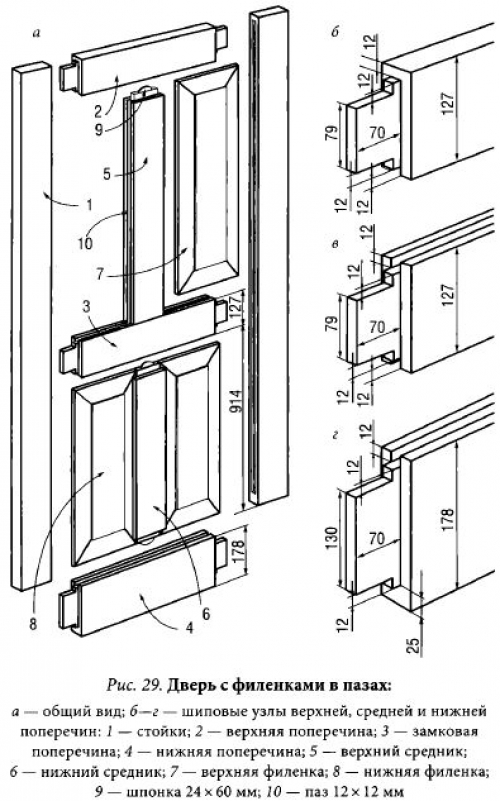
Having made the frame, proceed to the installation of panels. If you are using wood, then it is better to opt for an array of boards - this will avoid creating a prefabricated chamfer. In accordance with the dimensions of the chamfer, a finished part is cut out of the array and cuts are made along its edges, which will allow the part to be tightly fastened to the chamfer.
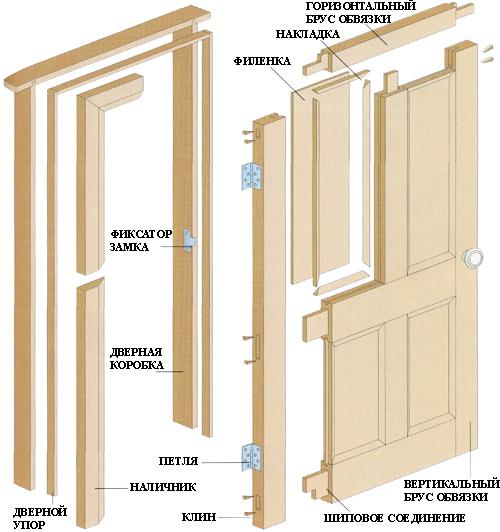
If you do not have the opportunity to create a panel from a solid array, but you still want to use wood, make panels from pieces of wood, fastening them together using a system of grooves and spikes, and additionally smearing the joints with wood glue. After you make a panel from pieces of wood, make saw cuts along the edges for fastening with a chamfer.
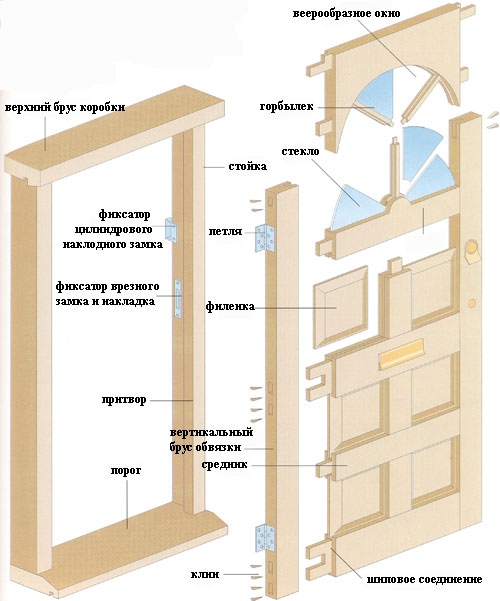
Important! Solid wood panels can be additionally decorated with an additional pattern, but this requires special skills and tools.
If the panels are made of chipboard or plywood, they are cut in accordance with the required dimensions.
If you plan to make inserts from glass, they are also cut according to the dimensions of the door, or when making cross rails and lintels, the dimensions of the inserts are guided.
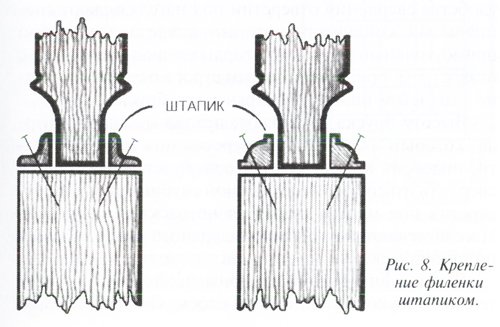
If you decorate the door with glass decorated with double-sided painting imitating stained glass, the drawing is applied before the panel is inserted into the frame. Glass panels are fixed with glazing beads, as this method allows you to replace the insert in case of damage.
Finishing a paneled door as the main component of its long-term operation
There are two main ways of processing paneled doors, the first of which is called solid and implies the same design of the frame and the panel, and the second is contrasting, which implies a clear selection of the panel.
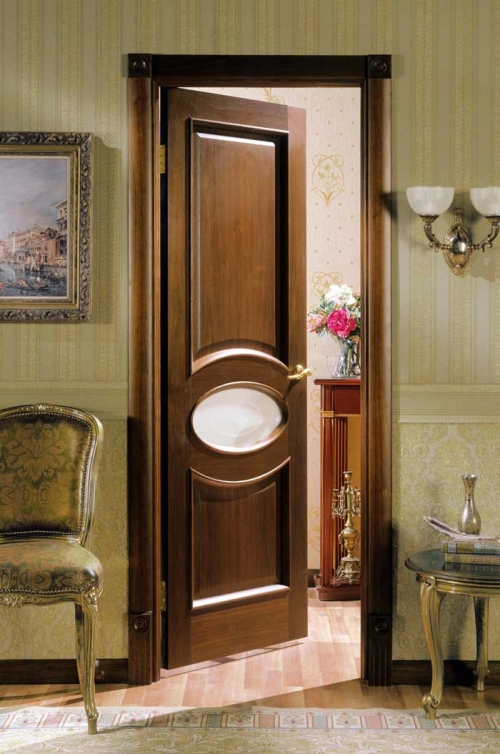
Finishing an interior or entrance door made of pine solid wood consists in treating its surface with antifungal and antiseptic preparations that protect the surface from aggressive environmental influences, and also give fireproof properties to wood and prevent wood aging. However, unlike other processing methods, for example, enamel painting, treatment with antiseptic solutions does not hide the texture of the wood and, due to the inclusion of coloring pigments in the composition of antiseptics, ennobles its shade and appearance as a whole. A few years ago, stains were used for these purposes, which interacted with the top layer of wood, as well as varnishes. The level of saturation of the pigment is determined only by the preference of the customer, who negotiates with the manufacturer in advance the breed he needs. But, despite the above advantages, wood that has been treated with these compounds has one significant drawback, the essence of which is that when damaged, a bright spot forms on the surface of the wood. This is due to the fact that the pigment penetrates only into the upper layers of wood, and therefore, when choosing between natural wood and material treated with these compositions, give preference to the natural version.
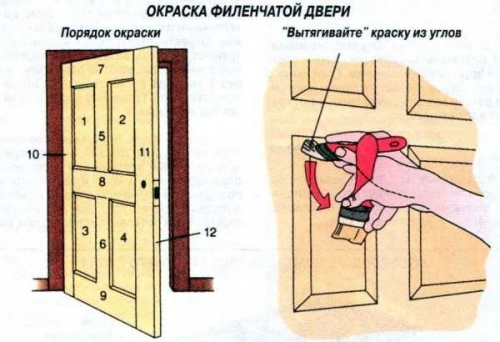
Water-based acrylic varnishes are used as a finishing treatment for the door leaf, which, unlike solvent-based alkyd varnishes, change the tone and structure of wood to a lesser extent, and are also more environmentally friendly. As for the choice between matt and glossy surfaces, it is important to note the fact that matt surfaces show more dirt, while glossy surfaces hide the grain of the wood, making the color more intense. In this regard, we advise you to give preference to semi-gloss, as well as semi-gloss coatings for panel doors.

